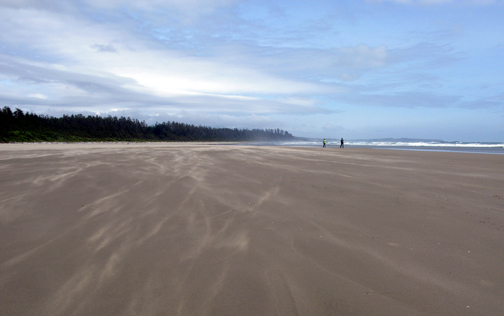Nature Boy uses a number of smartphone apps with his work. Some help him identify birds. Others help him key out wild plants, fungi and other assorted roughage. He opens the astronomy app whenever he’s outside on clear nights. And because he works with people, he often photographs—with permission—families, school groups and kids Doing Cool Stuff Together in Nature, then immediately emails the pictures to the respective parents and teachers.
For somebody who interfaces so intensely with the natural world, he’s pretty hip to the latest gadget, gizmo and gew-gaw. His use of technology to augment his and others’ experience of the outdoors exemplifies some of the more positive, constructive aspects of being constantly connected. ]
Those integrated, positive interfaces came to mind when news broke earlier this year that Parks Canada proposed to provide WIFI access at busy areas of some national parks and historic sites over the next few years.
For example, with park WIFI access, I could double-check the tides before paddling around Gulf Islands National Park Reserve. I could check the day’s weather before setting out on the Long Beach Challenge, the 9.5-kilometre route that Pacific Rim National Park is marketing as the latest, greatest B.C. marathon-fitness trail. I could get Nature Boy to look up that weed while we stomp about Fort Rodd Hill.
Of course, with cell-phone coverage in this region, I could do most of that without park WIFI. At Fort Rodd Hill, I may even receive annoying text messages from the U.S. about cell-phone roaming charges.
However, my reaction to the news about Parks Canada joining the 21st Century may have been atypical….
Read the rest of this editorial at the Victoria Times Colonist….






